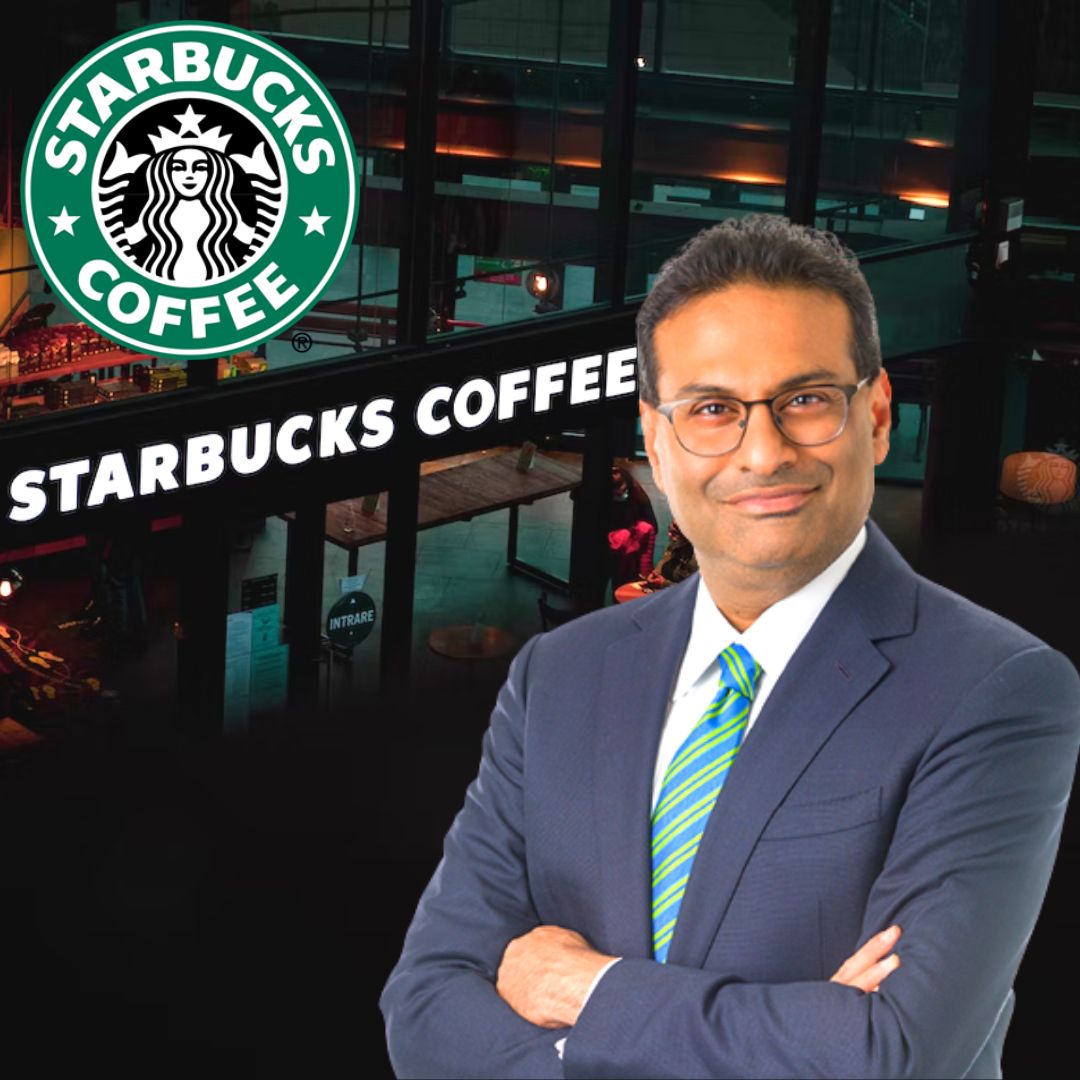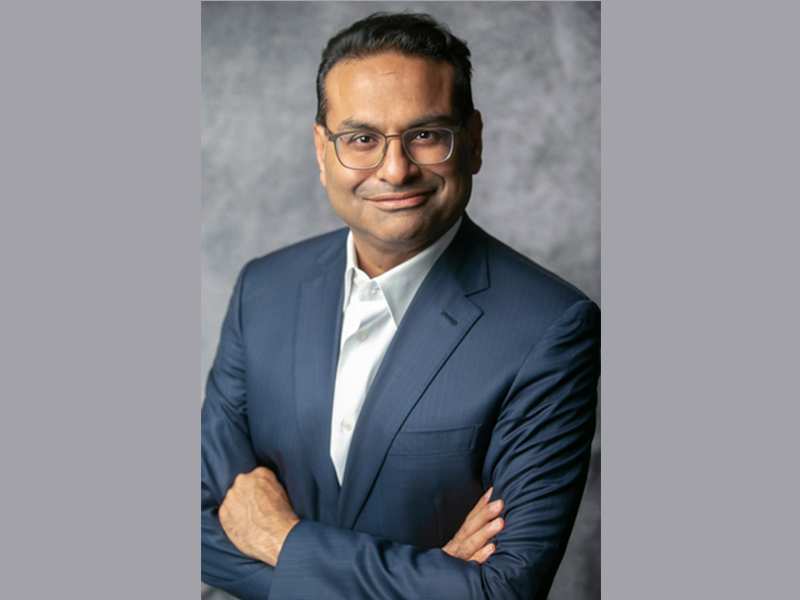Starbucks CEO

Starbucks, a global coffeehouse giant, has been led by several influential CEOs who have shaped the company’s trajectory. The current CEO, Laxman Narasimhan, took the helm in April 2023, bringing a wealth of experience from his previous roles at PepsiCo and Reckitt Benckiser.
Leadership and Vision, Ceo starbucks
Laxman Narasimhan, the current CEO of Starbucks, brings a unique perspective to the company, having spent over two decades in leadership roles at global consumer goods companies. His background includes a deep understanding of consumer trends, brand building, and global market dynamics. Narasimhan’s leadership style is characterized by a focus on data-driven decision-making, a commitment to innovation, and a strong emphasis on customer experience.
Narasimhan’s vision for Starbucks is rooted in the company’s core values of creating a “third place” where people can connect and enjoy a high-quality coffee experience. He aims to leverage Starbucks’ global reach and brand recognition to drive growth in both existing and new markets. His strategic priorities include:
- Enhancing the customer experience: Narasimhan emphasizes personalized experiences, including digital ordering, mobile payment, and customized coffee recommendations. He aims to create a seamless and enjoyable experience for customers across all channels.
- Expanding global reach: Starbucks continues to expand its presence in emerging markets, particularly in Asia and Africa. Narasimhan aims to leverage the company’s global brand to capture new customers and drive revenue growth.
- Driving innovation: Starbucks is constantly exploring new product offerings, including plant-based options, cold brew variations, and innovative beverage concepts. Narasimhan encourages a culture of experimentation and innovation to keep the brand relevant and appealing to evolving consumer preferences.
- Investing in technology: Narasimhan recognizes the importance of technology in enhancing the customer experience and streamlining operations. Starbucks is investing in digital platforms, mobile apps, and data analytics to optimize its operations and better understand customer needs.
Narasimhan’s vision for Starbucks aligns with the company’s core values of creating a welcoming and inclusive environment, providing high-quality products and services, and making a positive impact on the communities it serves. He emphasizes the importance of sustainability and social responsibility, ensuring that Starbucks remains a responsible corporate citizen.
Comparison with Previous CEOs
Narasimhan’s vision for Starbucks builds upon the legacy of previous CEOs, such as Howard Schultz, who transformed the company from a local coffee shop into a global icon. While there are similarities in the focus on customer experience and brand building, Narasimhan’s approach also reflects the evolving dynamics of the coffee industry and the changing consumer landscape.
Compared to Schultz’s focus on creating a “third place” for social interaction, Narasimhan emphasizes a more personalized and digitalized customer experience. He recognizes the growing importance of mobile ordering, personalized recommendations, and seamless digital integration. Additionally, while Schultz focused on expanding Starbucks’ footprint in the United States, Narasimhan emphasizes global expansion, particularly in emerging markets with high growth potential.
“Starbucks is a global company, and we have a responsibility to be a force for good in the world.” – Laxman Narasimhan
Starbucks CEO: Impact on the Business: Ceo Starbucks

Starbucks’ CEO has a significant impact on the company’s performance, brand reputation, and customer experience. The CEO’s leadership, strategic decisions, and initiatives directly influence the company’s direction and success.
Key Initiatives and Impact
The CEO’s key initiatives have significantly impacted Starbucks’ financial performance, brand reputation, and customer experience.
- Focus on Customer Experience: The CEO has emphasized a customer-centric approach, prioritizing personalized experiences and enhancing customer satisfaction. This has led to initiatives like mobile ordering and payment, personalized recommendations, and enhanced in-store experiences. These initiatives have contributed to increased customer loyalty and repeat business, boosting Starbucks’ revenue and market share.
- Digital Transformation: The CEO has spearheaded Starbucks’ digital transformation, leveraging technology to enhance customer engagement and operational efficiency. This has resulted in the development of the Starbucks app, which offers features like mobile ordering, payment, and rewards. The app has been instrumental in driving digital sales and improving customer convenience, leading to a significant increase in Starbucks’ digital footprint.
- Sustainability Initiatives: The CEO has prioritized sustainability, implementing initiatives to reduce Starbucks’ environmental footprint and promote ethical sourcing practices. These initiatives include using ethically sourced coffee beans, reducing waste, and promoting energy efficiency. Starbucks’ commitment to sustainability has resonated with environmentally conscious consumers, enhancing the company’s brand image and attracting a wider customer base.
Navigating Challenges
The CEO has demonstrated effective leadership in navigating major challenges faced by Starbucks, such as the COVID-19 pandemic and social and political issues.
- COVID-19 Pandemic: The CEO swiftly implemented measures to mitigate the impact of the pandemic on Starbucks’ operations and employees. This included temporary store closures, enhanced safety protocols, and support programs for employees. Starbucks’ response to the pandemic was widely praised, demonstrating the CEO’s commitment to employee well-being and business continuity.
- Social and Political Issues: The CEO has actively addressed social and political issues, demonstrating Starbucks’ commitment to social responsibility. The company has taken a stance on issues like racial equality, LGBTQ+ rights, and climate change, engaging in dialogue with employees and customers. This approach has strengthened Starbucks’ brand reputation and fostered a sense of community among its stakeholders.
Innovation and Growth Strategies
The CEO’s leadership has influenced Starbucks’ innovation and growth strategies, leading to product development, store expansion, and digital initiatives.
- Product Development: The CEO has driven innovation in Starbucks’ product offerings, introducing new beverages, food items, and merchandise. This includes the development of plant-based options, seasonal beverages, and customized experiences. Starbucks’ focus on product innovation has kept the brand relevant and appealing to a diverse customer base, driving sales and attracting new customers.
- Store Expansion: The CEO has overseen Starbucks’ global expansion, opening new stores in both established and emerging markets. The company has adopted a strategic approach to store expansion, focusing on locations with high growth potential and adapting its offerings to local preferences. Starbucks’ global expansion has increased its market reach and revenue streams, solidifying its position as a leading global coffee retailer.
- Digital Initiatives: The CEO has prioritized digital initiatives, leveraging technology to enhance customer engagement and operational efficiency. This has resulted in the development of the Starbucks app, which offers features like mobile ordering, payment, and rewards. The app has been instrumental in driving digital sales and improving customer convenience, leading to a significant increase in Starbucks’ digital footprint.
Starbucks CEO: Industry and Market Impact

The CEO of Starbucks has significantly impacted the coffee industry and its competitive landscape, driving trends in coffee consumption and the café experience. Their leadership style, decisions, and actions have shaped the industry, influencing consumer preferences and shaping the competitive environment.
Comparison with Other Food and Beverage CEOs
The CEO’s leadership style can be compared to other prominent CEOs in the food and beverage industry. While specific details about the CEO’s leadership style are not available, the industry is characterized by a focus on innovation, customer experience, and sustainability. For example, Howard Schultz, former CEO of Starbucks, was known for his visionary leadership, emphasizing customer service and creating a unique brand experience. Similarly, Indra Nooyi, former CEO of PepsiCo, focused on global expansion, innovation, and building a diverse and inclusive workforce.
Impact on the Coffee Industry and Competitive Landscape
The CEO’s decisions and actions have significantly shaped the coffee industry and its competitive landscape. These include:
- Expansion of the Specialty Coffee Market: Starbucks’s expansion into new markets and its focus on high-quality coffee have contributed to the growth of the specialty coffee market. The company’s success has encouraged other players to enter the market, leading to increased competition and innovation.
- Emphasis on Sustainability: Starbucks has been a leader in promoting sustainable coffee practices, including ethical sourcing, fair trade, and environmental conservation. This focus has influenced other players in the industry to adopt similar practices, raising awareness and promoting sustainability within the coffee supply chain.
- Innovation in Products and Services: Starbucks has consistently innovated with new products, beverages, and services, such as the introduction of seasonal drinks, personalized mobile ordering, and loyalty programs. This focus on innovation has kept Starbucks at the forefront of the industry and inspired other players to develop similar offerings.
Influence on Consumer Trends and Preferences
The CEO’s leadership has influenced consumer trends and preferences related to coffee consumption and the café experience. This includes:
- Shift towards Specialty Coffee: Starbucks has played a significant role in shifting consumer preferences towards specialty coffee, with its focus on high-quality beans, brewing methods, and unique flavors. This has led to a growing demand for premium coffee experiences and a decline in the popularity of mass-produced coffee.
- Emphasis on Convenience and Customization: Starbucks has prioritized convenience and customization, offering mobile ordering, personalized drinks, and a variety of options to cater to individual preferences. This has contributed to the rise of on-the-go coffee consumption and a desire for personalized experiences.
- Creation of a Third Place: Starbucks has successfully created a “third place” environment, a space that is neither home nor work, where customers can relax, socialize, and enjoy coffee. This concept has been widely adopted by other coffee shops and has become a significant factor in the overall café experience.
Ceo starbucks – The role of CEO at Starbucks is a demanding one, requiring a leader with a strong understanding of both business strategy and customer experience. While the current CEO, Laxman Narasimhan, navigates the challenges of a global coffee empire, it’s interesting to look at the leadership journey of another successful business leader, Brian Niccol, whose path to success in the fast-food industry is documented in the brian niccol wiki.
The insights from Niccol’s career offer valuable lessons for any CEO, particularly those leading brands with a strong emphasis on customer connection.
The CEO of Starbucks, Laxman Narasimhan, has a significant role in guiding the company’s strategic direction. It is interesting to compare his position to that of other successful CEOs, such as Brian Niccol, the CEO of Domino’s Pizza, whose net worth is estimated to be substantial, as you can see here.
The leadership strategies and financial success of these CEOs offer valuable insights into the dynamics of the global business landscape.